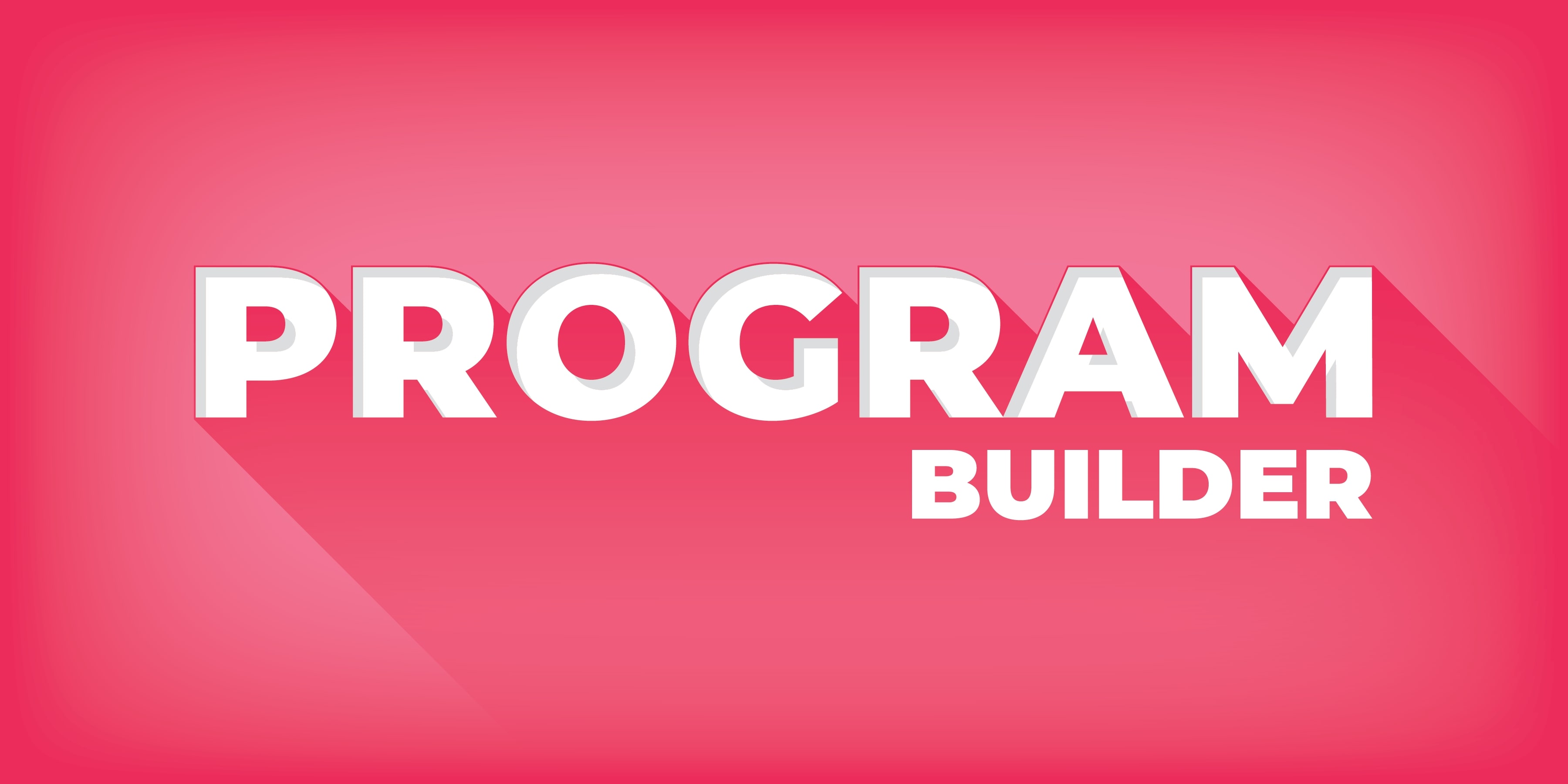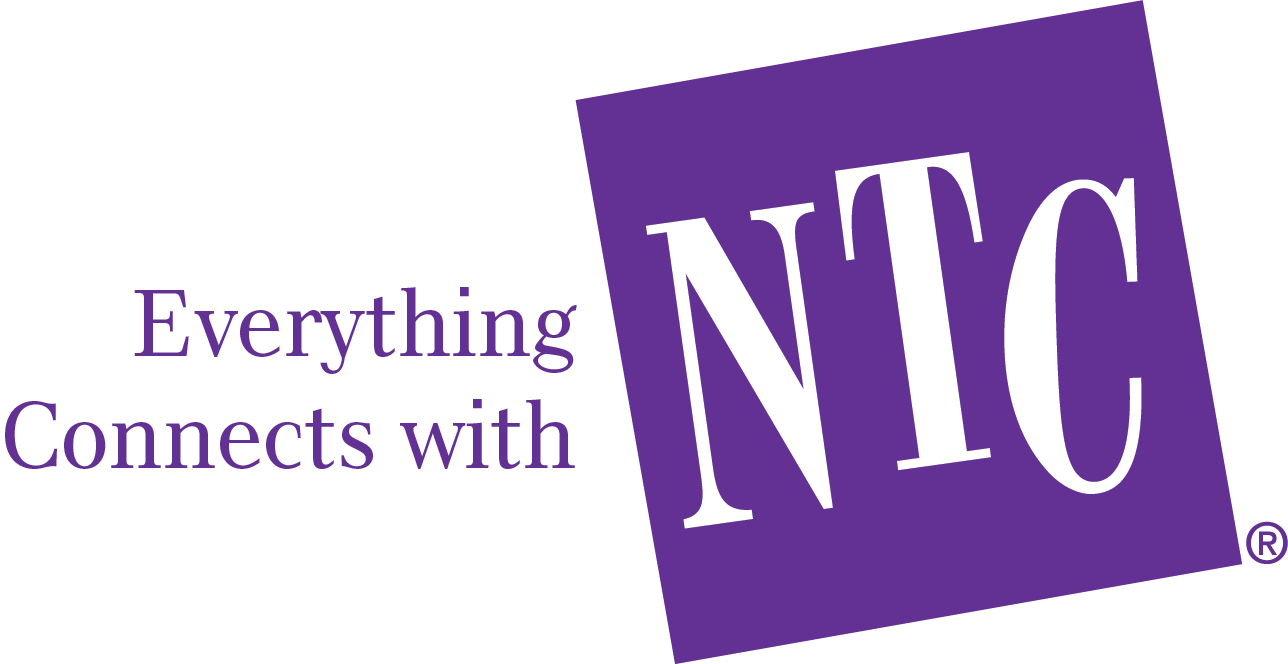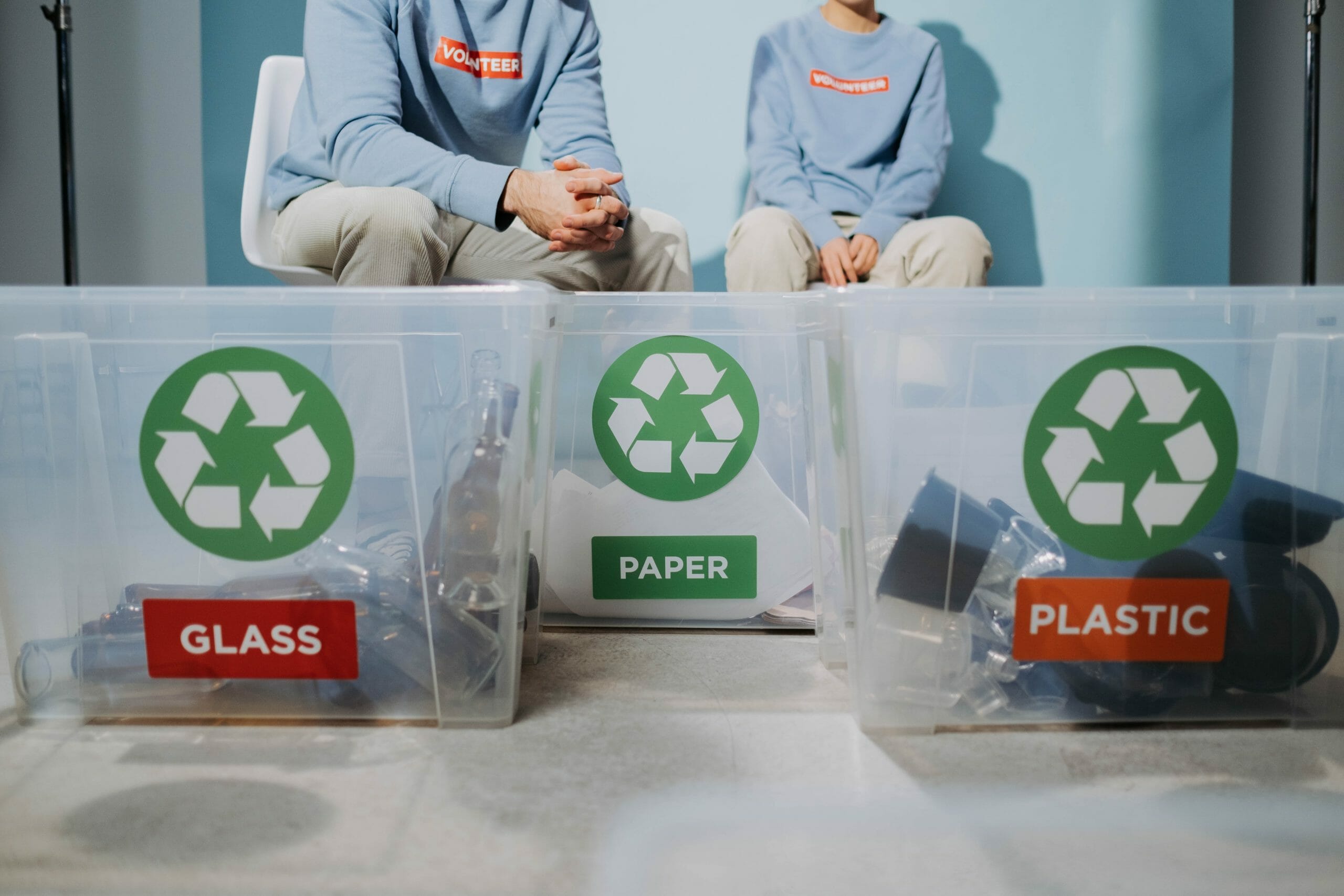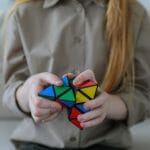Sustainability is a huge priority to NTC across all industries and practices. We’ve helped clients teach school students all kinds of positive behaviors that support a more sustainable future for them. In fact, one of the first green topic tours we ever presented was back in 1992 with a recycling program called Waste in Time offered at schools across the country, on behalf of Waste Management.
With climate change on the top of so many minds these days, lots of us are looking for ways to reduce our carbon footprints. The simplest and most effective ways we can help the planet from our own homes are to practice conservation efforts like reducing our consumption and recycling our waste. If everyone adopted these habits, we could make significant strides toward sustainability.
Teaching the youth how to recycle properly is an incredibly important part of making that dream happen. Kids aren’t always eager to talk about the trash, though, so we’ve put together this recycling guide to make learning a lot more fun for the little ones.
What is recycling?
Recycling is one of the 4 R’s of waste reduction. Along with reviewing, reducing, and reusing, recycling plays an important role in creating a more sustainable planet. It reduces both the amount of raw materials we need to pull out of the ground, as well as the amount of trash we need to put back into the ground. It also reduces the amount of fossil fuels burned in the production of new items to replace the ones we’re discarding. In order to achieve all these great benefits, we’ve got to know how to do it right.
Why is recycling so important?
Ever since single use items came into prevalence, the amount of trash we produce annually has skyrocketed year over year. Many of those items don’t need to find themselves in the local gutter or landfill. Things like beverage bottles and cans are very recyclable. The aim of this recycling guide is to help you show your kids which items can be recycled, which items can’t and provide some ideas for activities that will keep them learning and engaged.
Teaching kids how to properly recycle at a young age develops habits that carry into an eco conscious adulthood. That’s something the world needs if we are going to gain significant ground in reducing our carbon footprints. Here’s how to explain recycling to a child and have it stick.
Recycling Guide for Kids
The first part of any good recycling guide is to teach kids the basics. It’s important that they learn to sort their trash into the correct bins and understand how we can use discarded items to create new ones.
Separate Recycling and Trash
There are things that can be recycled and things that can’t. These things need to be sorted before they ever reach the bin because a contaminated batch of recycling materials will likely be tossed in the landfill. Make sure you know what materials your local hauler will accept.
What can we throw in the recycling bin:
- Rinsed bottles and cans
- Printer paper
- Clean cardboard packaging materials
- Newspapers
- Magazines
- Junk mail
- Most clean plastic containers
What can’t we throw in the recycling bin:
- Pizza boxes and other contaminated paper food containers
- Bottles and cans that still have food in them
- Metal auto parts
- Plastic grocery bags (many stores now have drop-off sites for recycling these)
- Flower pots
- Broken glass
Depending upon the regulations set by your local recycling company, some of these items may or may not be allowed in your recycling bin. If you don’t know for certain, check their website to make sure.
You can create a sorting recycling game to test their knowledge once you’ve figured out what is and isn’t allowed. You can also draw pictures of the items that belong in each bin to create your own recycling guide. It’s a fun art project and a good way to remember which items go where.
We Can Create Cool Things with Discarded Items
Not all things need to be placed in bins at all. Some things can be reused to create cool art projects and new products right in our homes. If your child finds an item to be interesting, maybe it would make a colorful addition to collages or sculptures. Get creative and find new uses for old items.
Recycling Activities for Children
Once your kids feel comfortable with the basics of recycling, you’ll want to reinforce the lessons they’ve learned with fun activities that keep them practicing their new recycling skills. Mixing recycle and play is a much more effective way of teaching kids than instruction alone, so let’s look at some great games and projects that can involve recycled materials.
Quizzes with Rewards
Get your child to spend some time understanding which materials go into the trash and which go in the recycling bin by quizzing them. You can give them a small reward for a job well done, and reward them with better prizes for acing the test. This knowledge will give them a leg up when participating in the other activities on this recycling guide.
Consume Media that Teaches Recycling
Kids are going to read books and watch cartoons. Finding media that focuses on the same recycling lessons you’re teaching them will reinforce those lessons in their leisure time. These books and shows are full of great recycling facts for kids, and they are presented in ways that keep kids interested and engaged. They also make great recycling activities for toddlers.
I Got Caught
A fun way to get kids recycling properly every time is by implementing an I Got Caught program. Police use this technique to encourage children to wear their bike helmets, and you can use it to encourage proper recycling. When you catch them doing a great job when they think no one is looking, reward them with a small reward.
Put them in charge of the aluminum cans
If you’ve got a recycling center nearby, you can probably bring in your aluminum soda cans and get paid to recycle them. Put the kids in charge of filling your aluminum can bin and let them keep the money paid by the recycling center. Get a can crusher or teach them to flatten cans with their feet, and you can get a whole lot more money out of each trip. Creating a monetary incentive adds a lot of excitement to the idea of recycling for children.
Make Homemade Recycled Paper
A really fun activity for kids is making recycled art paper. Teaching kids how to make recycled paper is a great way to make this recycling guide really hit home. Instead of just throwing your household’s recyclables into the bin and watching the truck take it away, kids can actually create something cool out of materials you’d otherwise throw away.
If you’ve got a home office where you regularly shred documents, this is a great way to keep those scraps out of the landfill. It can be a little messy, though, so make sure adults help out until the kids get the hang of it.
See Who Can Gather the Most Recyclables or Produce the Least
Another great activity that can reinforce lessons from the recycling guide is having a contest to see who can recycle the most items. In order to get their numbers up, kids must know which items are recyclable, as well as which items aren’t.
Inversely, you can challenge your kids to produce less waste in the first place. If they make the switch to a reusable water bottle and eliminate a few single use plastics per day, it will add up. Take inventory of how much packaging they are producing each day, and see how much they can lower it. If you really want to drive the point home, don’t forget to show them how many single use items they saved from the landfill. They’ll be amazed how quickly it adds up.
Host a Clothing Swap with Friends
Chances are, your kids and their friends have clothes that they don’t care for anymore but would make a great addition to another child’s wardrobe. By hosting a clothing swap, the kids can get a bunch of new clothes without spending a dime. They also learn that they can find great items on the second hand market, and we don’t always need to create replacements for perfectly usable products.
Get the Whole Family Involved
All the games and activities in this recycling guide are much more fun when the whole family gets involved. By turning them into family fun time, your kids will enjoy learning about recycling and spend some quality bonding time with the family.
Get the Schools Involved
Most schools these days have some sort of recycling program set up. There are lots of things that can be recycled in schools, and it’s a great opportunity to get kids using the correct bins for each type of trash. If all the paper, soda cans, and water bottles at your local schools were recycled, imagine the impact it would have.
Keep At It
Practicing one activity in this recycling guide is helpful, but practicing them all is more helpful. Keep at it. The more times your child is exposed to proper recycling habits, the more likely they are to recycle for a lifetime.













